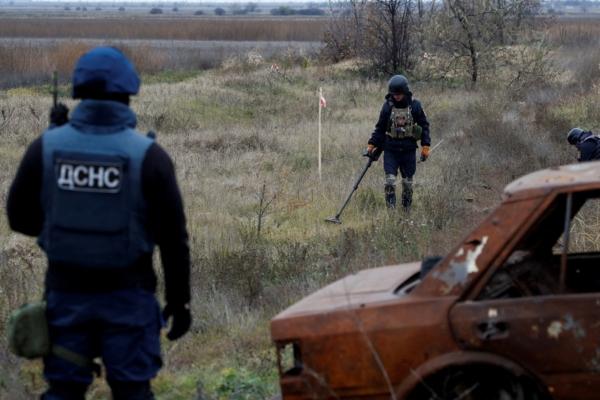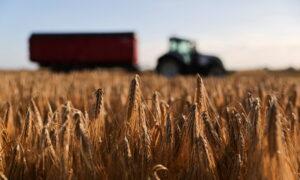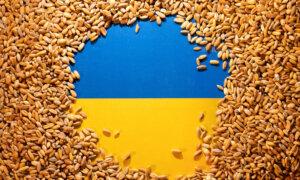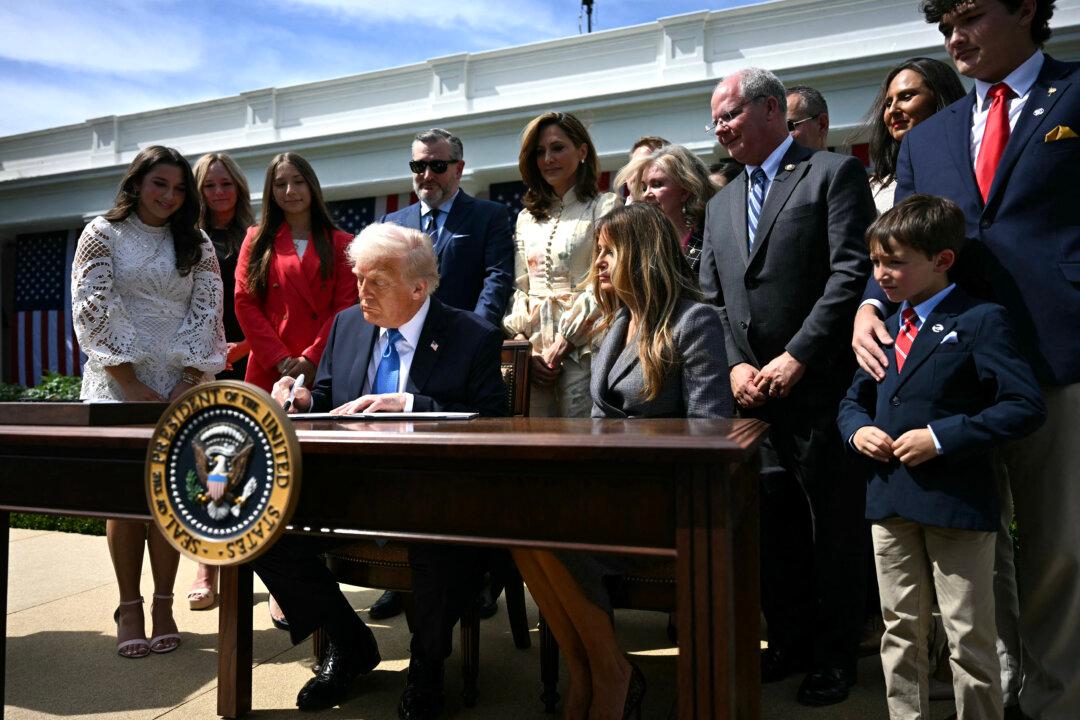Bombs, landmines, and other explosive devices in Ukraine are killing some of the world’s most valuable soil, creating hazards, and releasing high levels of dangerous and pervasive pollution that experts warn could leave the region permanently damaged.
“The big problem right now is contamination; it’s landmines. It’s just one massive landmine,” Olena Lennon, adjunct professor and practitioner in residence at the University of New Haven’s Department of National Security, told The Epoch Times. “The more urgent question is who will fund and control the demining efforts in that area.”
Both Ukraine and Russia are responsible for mining the entire region with explosives that include cluster munitions and anti-personnel devices, which U.S. President Joe Biden sent to Ukraine last year.
Beyond the danger of unexploded ordnance, land contamination is also a concern from the munitions, as studies have shown adverse long-term consequences on soil health, even after the war ends.
Millions of small farmers are impacted by heavy fighting on Ukraine’s Eastern border, and some are describing the effects of the conflict as complete and utter devastation for the country’s agricultural industry, with more than 20 percent of Ukraine’s arable land directly impacted.
Agricultural land in Ukraine contains about 30 percent of the world’s black soil—the nutrient-rich topsoil with high-quality composition that allows for superior water retention—and its fertility is the reason the nation is nicknamed the “breadbasket of Europe.”
“This is very attractive land, some of the most fertile,” Frederic Mousseau, policy director at the Oakland Institute—a social, economic, and environmental policy think tank—told The Epoch Times. “So, it makes Ukraine a very promising investment for those who want to create agricultural products and export them.”
Formed over thousands of years, Ukraine’s prized soil includes a delicately balanced microbiome and nutritional profile that are threatened by the war.
Most of the black soil is in Eastern Ukraine, which is heavily impacted by the war with Russia, with maps showing landmines littering the area.
According to studies from Ukraine’s Institute for Soil Science and Agrochemistry Research, bombing and impacts from artillery shells disturb fertile topsoil by displacing soil layers and contributing to erosion.

Contamination from exploded and unexploded ordnance includes toxic heavy metals such as cadmium, lead, and mercury, among others. All of which create potential health concerns and reduce plantable space.
“The well-being of the soil translates directly into the well-being of the people,” Lennon said.
The years-long conflict with Russia is threatening the fecundity of the region, and some are expressing concern that the destruction is so widespread, recovery will be challenging and lengthy, with the repatriation of farmers displaced by the fighting a daunting prospect.
“With all the war-induced damage ... the levels of contamination are beyond repair in some ways,” Lennon said. “It’s going to be very difficult because even if farmers are willing to return, they’re not going to be able to operate in the same mode.”
Finding a solution that restores the region to its pre-war state is challenging, she said.
“Whoever gets to control it, the problem is that it doesn’t really matter, because you can’t really throw money at the problem. There are high-level political resolution aspects that are not in place yet, and even a peace agreement would not resolve it,“ Lennon said. ”I think even if they were to sign a cease-fire, it would not necessarily make those soils accessible, or productive, or profitable because of how deeply contaminated it is.”
Ukraine and Russia view agriculture as vital to their national security, with control of the black soil seen as a valuable geopolitical asset.







